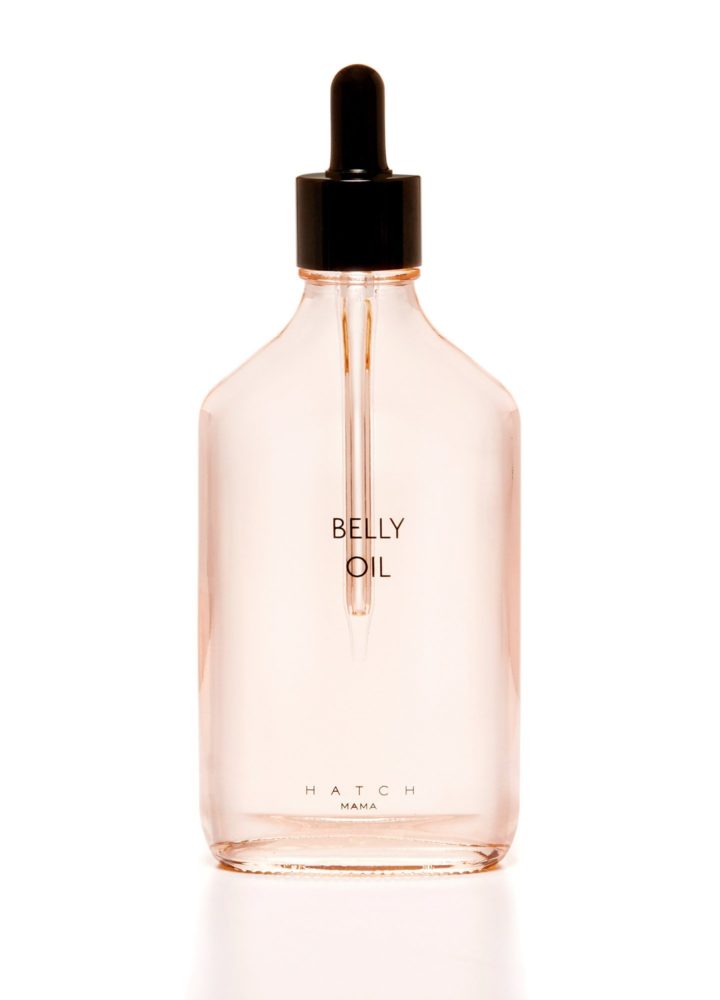During pregnancy, your body has a lot going on. Way down to the microscopic level, changes are taking place in your body to make a happy and healthy environment for a baby to grow in.
And while your body is doing all these things, you might notice a few things…
With change and growth comes much discomfort. Backache, headache, foot ache, and boobache are some of the common ones. It sounds kind of rough, but it’s all part of the beautiful process of life. And it’s totally worth it once you can finally hold your little baby all wrapped up like a perfect burrito.
But even though pregnancy side effects can pop up, that doesn’t mean there isn’t anything you can do about it — far from it.
What Is a Prenatal Massage?
A prenatal massage is a massage you get when you’re pregnant. But it’s a bit
more than that. It takes a different approach.
You might focus more on areas of the body that aren’t necessarily the go-to spot in a traditional massage. Pressure is adjusted accordingly; your positioning is different, and there may be areas on your body that you choose to avoid entirely.
Interested in learning more? Let’s discuss.
How Is a Prenatal Massage Different From a Regular Massage?
Just think about the various systems in your body that go out of their normal way to make sure everything is good for the baby:
Your muscles are working. Your skin is going the distance. Your lymphatic system is doing double shifts, and your joints, bones, and circulatory system are looking for every little chance to just sit down for a second.
Even though many pregnant women can go about their regular routine more or less the same for much of their pregnancy, there’s still no doubt that you’re carrying additional stress and spending more energy doing it.
A prenatal massage takes an approach to massage therapy that acknowledges how your body is pushing itself. The key difference between traditional massages and prenatal massages is a hyper-focus on the needs of pregnant women and their babies.
Prenatal Massage Hot Spots: What Feels Best
Two areas that are common favorites when it comes to receiving massage treatment during pregnancy are the shoulder and chest area and the hips and lower back area.
You probably already know that your boobs get bigger during pregnancy. Some people love it; some hate it; others find it amusing. Some women find that the swelling of breast tissue and glands comes with a sprinkling of discomfort. Treatment around the shoulders and chest can bring relief.
Back pain is a frequent complaint at pregnant mama brunches. Many women experience back pain during pregnancy. Everyone is unique, but bellies can add quite a bit of weight to your everyday carry. This extra weight strains your hips and back.
What Should You Avoid During a Prenatal Massage?
A prenatal massage will take a gentle approach overall.
One of these areas is the abdomen, no surprise there. Depending on your specific situation and trimester, you can maybe have some light belly rubs. (Now we finally get why our furbabies love them so much!)
In general, it’s best to be cautious around your belly. That’s some precious cargo, friend.
Your massage therapist should be careful around varicose veins and potential blood clots. Before booking your appointment at your fav spa, ask your OB-GYN for their stamp of approval. Some prenatal care providers will advise you to avoid massages while pregnant if you experience conditions like morning sickness, preeclampsia, or high blood pressure.
The other area to go easy on is the legs. Swelling, aka edema, is common during pregnancy due to increased fluid retention.
You can bid an unfond farewell to swelling with Down, Girl Swell Relief. Pull out this cream and feel your stress levels (and swelling levels) decrease… literally.
What Kind of Massage Is Best for Pregnant Women?
When pregnant, you’ll want to avoid certain types of massages like deep tissue massages.
A licensed prenatal massage therapist can guide you through a massage perfect for you and your bump. Many mamas-to-be enjoy the combined aspects of therapeutic massages combined with a modified Swedish massage.
Pressure Makes All the Difference
Even if you get massages twice a week throughout the year, it’s time to make a few adjustments as soon as you’re pregnant.
There are two things that you can do before and during a prenatal massage that will assure you’re getting the right treatment for you with the perfect amount of pressure.
Read about how self-assessment and communication are vital:
Self-Assessment
First off, do a thorough assessment of how you’re doing before going in for a massage.
Some of the questions you can ask yourself are: How are you feeling? What’s your body been up to? Do you have any areas of particular discomfort? What symptoms do you wish you could get rid of the most?
Make a quick list to share with your massage therapist. Pregnancy brain is real.
Communication
Once you’ve done a self-assessment, you can communicate what you discover with your massage therapist. Communication between you and your massage therapist is critical to getting the best treatment tailored to your exact needs and preference.
You might also want to do some research or have a chat with your massage therapist about their experience and training in prenatal massage techniques.
While it’s not terrible to receive a prenatal massage from someone who hasn’t received explicit training in the practice, we say go with a pro. Licensed prenatal massage therapists already have a good idea about treatment that will work best for you. They are well-versed in all things pregnancy.
Can You Do a Prenatal Massage at Home?
Yeah, this is definitely an option.
If you have a loved one with magical hands and a soft touch, this can be a fine approach. However, communication becomes even more important here because they aren’t professionals. They might not know all the secrets of the trade that a professional would.
Make sure to give consistent feedback about how the pressure is and how your body responds. You also might want the person massaging you to check out some tips on giving prenatal massage at home.
Not down for a full-on massage or just don’t have the time? We get it. For at-home self-care that feels as luxurious as the spa that you’re obsessed with, grab a bottle of Belly Oil.
Our Belly Oil has one-of-a-kind hydration powers that support growing skin. It’s full of the good stuff (sweet almond oil, grapefruit oil, and calendula) and free of the yucky stuff (parabens, phthalates, fragrances, and dyes). Perfect for your belly and boobs, this Belly Oil offers some much-need loving to dry skin, scars, and stretch marks.
Do You Lay On Your Stomach During a Prenatal Massage?
Sadly, no. In order to do that, you’d need a massage table that has a giant hole in the belly area. Like the face hole but for your belly.
Instead of laying face down as you would during a typical massage, you’ll either lay face-up on your side or be in a seated position. Honestly, that sounds far more comfortable anyway.
What Are the Benefits of Prenatal Massage?
Prenatal massages promote stress relief, soothe physical pain, improve sleep, and can prepare mamas for labor.
Ahh, the sweet relief, how we love prenatal massages! In fact, let us count the ways.
Three reasons to put a prenatal massage on your calendar:
- Reduce Stress
Pregnancy is a lot to take on. There are moments of stress, and that’s okay. Growing a human inside of you isn’t that simple or easy, and it can get stressful.
A prenatal massage will help you relax and melt stress away with every light touch and gentle shifting of pressure.
- Physical Pain Relief
Get rid of knots and aches that are bothering you during pregnancy. Your body is performing an unbelievable physical task.
Just like professional athletes who get massages after games, mommas can find physical relief and alleviate symptoms from long days of pregnancy with a prenatal massage. The increased blood flow to muscles after a massage can help mamas feel better.
After a massage, pregnant women report less sciatica pain, ligament discomfort, and more. Count us in.
- Improved Sleep
Decreased stress and relief from physical discomfort can only lead to a good night’s sleep. Cortisol, the stress hormone, lowers after a massage, while oxytocin, the love hormone, increases.
When we feel better, we sleep better.
Other Techniques for Fighting Pregnancy Side Effects
A prenatal massage is only part of the prenatal comfort game plan.
- Swollen feet? Try an anti-swell cream for soothing relief.
- Pregnancy headaches? A stylish and incredibly practical cooling head wrap is just what the doctor ordered (and by “doctor,” we mean you).
Relax During Pregnancy With Prenatal Massage
That’s the complete rundown on prenatal massage. If you’re feeling like it might be the right move for you, make an appointment today and enjoy the lovely benefits!
Sources:







